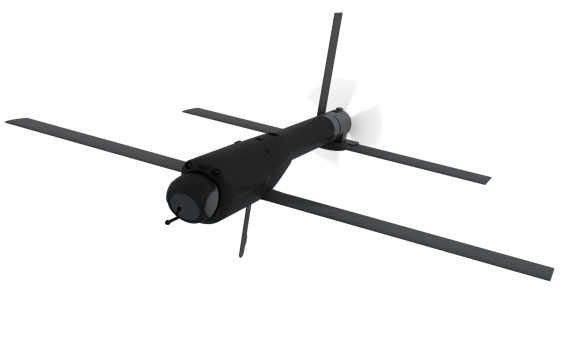Army focusing on light robotic combat vehicles, with emphasis on software

Editor’s note: This story has been updated to include information about the projected fielding date for the RCV-L.
The Army has narrowed its focus on developing lighter variants of robotic combat vehicles, but it still plans to leverage a software acquisition pathway to get technology that could be applied to other categories of unmanned platforms in the future, the service’s top weapons buyer said Wednesday.
The Army has been conducting experiments and exploring concepts for light, medium and heavy versions of robotic combat vehicles (RCVs) that could serve as force multipliers on the battlefield and help keep soldiers out of harm’s way. But the service recently decided to narrow its research, development, test and evaluation approach for the time being.
“We’ve chosen to focus on the RCV-L platform — the light, the smaller platform. And we’ve also, within that, separated out the software element as a separate software acquisition pathway program because we want that control software to be common across many robotic platforms,” Assistant Secretary of the Army for Acquisition, Logistics and Technology Doug Bush told reporters at the Pentagon.
“The Army is broadly still, of course, interested in robots of many different sizes,” he noted, “but we’re focusing on RCV-L because we think that’s a necessary first step before going to larger platforms.”
Bush emphasized the importance of software for enabling unmanned vehicle operations on the battlefield.
“From an acquisition standpoint, we’re focused on … in particular, the software, which will be critical for all ground robotic programs going forward. Getting that right early is going to be essential,” he said.
According to Army budget documents, the software acquisition pathway is focusing on “embedded software development and sustainment activities including RCV autonomy software, control station software, and payload control software.”
The effort will incorporate soldier and integrator feedback into product roadmaps to guide the development and maturation of critical software capabilities, and deliver software to surrogate prototypes and full system prototypes for integration.
A system integration laboratory will be used to verify and validate software capabilities in both virtual and live test environments.
The software acquisition pathway will implement a “government-contractor hybrid development approach” to mature, integrate and secure software capabilities and “incorporate software contracting best practices to support the transition of software capabilities into secure code base required for the resilient operation of RCVs in contested environments,” according to budget documents.
The Army was slated to begin designing, building and testing software in the fourth quarter of this fiscal year. The plan is to have a “minimum viability capability release” in fiscal 2024, the second capability release in 2025, the third capability release in 2026, and the fourth capability release in 2027.
For hardware, the Army plans to release a request for proposals for full system prototypes in fiscal 2023, according to budget documents, with a contract award slated for 2024.
The RCV-L is projected to be fielded no earlier than fiscal 2028, an Army spokesperson told FedScoop.
“The projected fielding timeline assumes a successful transition from the RCV(L) [Middle-Tier Acquisition rapid prototyping] program to production in FY27,” the spokesperson said in an email.
The RCV-L, which is part of the service’s next-generation combat vehicle portfolio, could serve as a scout vehicle or perform other missions.
The platform “is to weigh no more than 10 tons, with dimensions (length, width, height) of no more than 224 x 88 x 94 inches. In terms of transportability, a single RCV-L would be transported by rotary wing aircraft. The RCV-L would also have limited on-board lethality such as self-defense systems, anti-tank guided missiles (ATGMs), or recoilless weapons. The RCV-L is considered an expendable weapon system, meaning its destruction in combat is expected and acceptable,” according to a recent Congressional Research Service report on the Army’s plans for robotic combat vehicles.
Meanwhile, the service continues to conduct experiments with robotic combat vehicle technology, which has included teleoperation of surrogate platforms.
There is “a lot of experimentation to understand where the technology is and where it fits in what how the Army does a task,” Bush said. “Acquisition of that system and development of the technology is one challenge. Another one will be how do you integrate it into units? So this is where others in the Army — Futures Command [and] others — need to do and are doing experimentation work, so you understand what a future scout platoon looks like, for example, that might include robots and people. Is that mix [of platforms and personnel] different than what we have now? So I think we have a lot to learn on that.”






